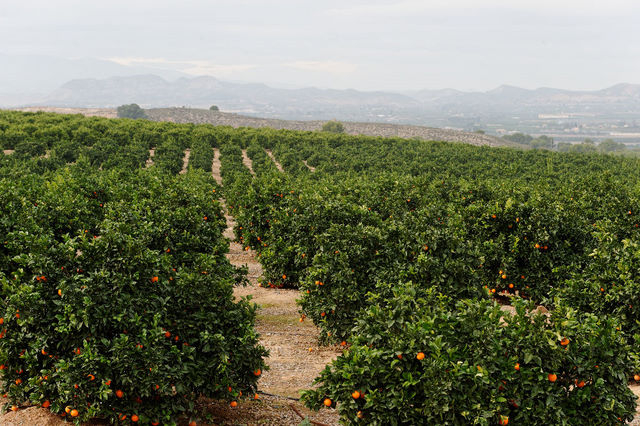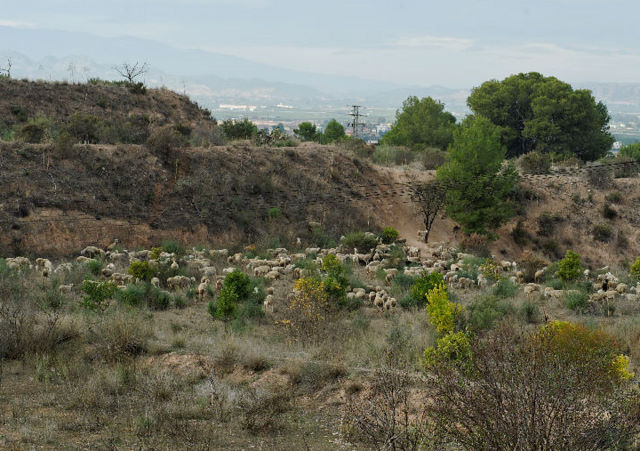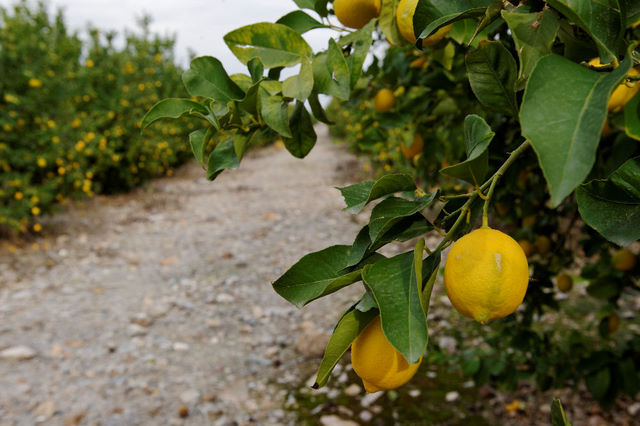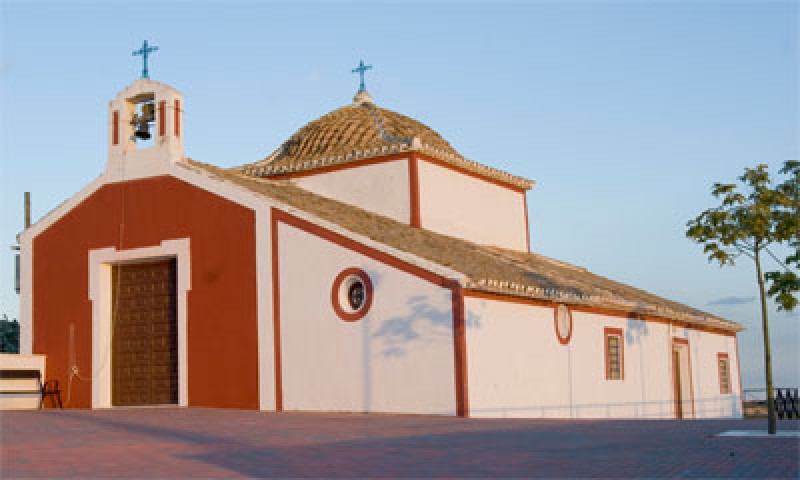- Region
- Águilas
- Alhama de Murcia
- Jumilla
- Lorca
- Los Alcázares
- Mazarrón
- San Javier
-
ALL AREAS & TOWNS
- AREAS
- SOUTH WEST
- MAR MENOR
- MURCIA CITY & CENTRAL
- NORTH & NORTH WEST
- TOWNS
- Abanilla
- Abarán
- Aguilas
- Alamillo
- Alcantarilla
- Aledo
- Alhama de Murcia
- Archena
- Balsicas
- Blanca
- Bolnuevo
- Bullas
- Cañadas del Romero
- Cabo de Palos
- Calasparra
- Camping Bolnuevo
- Campo De Ricote
- Camposol
- Canada De La Lena
- Caravaca de la Cruz
- Cartagena
- Cehegin
- Ceuti
- Cieza
- Condado de Alhama
- Corvera
- Costa Cálida
- Cuevas De Almanzora
- Cuevas de Reyllo
- El Carmoli
- El Mojon
- El Molino (Puerto Lumbreras)
- El Pareton / Cantareros
- El Raso
- El Valle Golf Resort
- Fortuna
- Fuente Alamo
- Hacienda del Alamo Golf Resort
- Hacienda Riquelme Golf Resort
- Isla Plana
- Islas Menores & Mar de Cristal
- Jumilla
- La Azohia
- La Charca
- La Manga Club
- La Manga del Mar Menor
- La Pinilla
- La Puebla
- La Torre
- La Torre Golf Resort
- La Unión
- Las Palas
- Las Ramblas
- Las Ramblas Golf
- Las Torres de Cotillas
- Leiva
- Librilla
- Lo Pagan
- Lo Santiago
- Lorca
- Lorquí
- Los Alcázares
- Los Balcones
- Los Belones
- Los Canovas
- Los Nietos
- Los Perez (Tallante)
- Los Urrutias
- Los Ventorrillos
- Mar De Cristal
- Mar Menor
- Mar Menor Golf Resort
- Mazarrón
- Mazarrón Country Club
- Molina de Segura
- Moratalla
- Mula
- Murcia City
- Murcia Property
- Pareton
- Peraleja Golf Resort
- Perin
- Pilar de la Horadada
- Pinar de Campoverde
- Pinoso
- Playa Honda
- Playa Honda / Playa Paraíso
- Pliego
- Portmán
- Pozo Estrecho
- Puerto de Mazarrón
- Puerto Lumbreras
- Puntas De Calnegre
- Region of Murcia
- Ricote
- Roda Golf Resort
- Roldan
- Roldan and Lo Ferro
- San Javier
- San Pedro del Pinatar
- Santiago de la Ribera
- Sierra Espuña
- Sucina
- Tallante
- Terrazas de la Torre Golf Resort
- Torre Pacheco
- Totana
- What's On Weekly Bulletin
- Yecla


- EDITIONS:
 Spanish News Today
Spanish News Today
 Alicante Today
Alicante Today
 Andalucia Today
Andalucia Today
Outlying districts of Alhama de Murcia: Las Cañadas
Sparsely populated farmland in the foothills of Sierra de Carrascoy

Las Cañadas is an agricultural "pedanía", or outlying district, of the municipality of Alhama de Murcia, and is one of three clustered along the foothills of the Sierra de Carrascoy, the others being El Cañarico and La Costera.
The name of the district is assumed to derive from its function as a stopping off place for flocks of sheep and goats, which would feed off the reeds in the area; a "cañada" is a reed bed", a common feature in the run-off channels which flow down from the mountains of Sierra de Carrascoy.
As a population centre Las Cañadas is barely discernible today, with most of the residents scattered among the fruit orchards of the district.
The history of the three districts begins with evidence of early Argaric and Iberian settlements, which date from anywhere between 1800 BC to the arrival of the Romans in 209BC, occupying the strategic outcrops above the fertile plains stretching out below.

Having taken Cartagena, the Romans moved in across what is now the Region of Murcia, with several archaeological sites in this valley showing evidence of agricultural villas which were dedicated to farming crops to feed the city of Cartagena and for export across the vast Roman Empire from the port.
In Las Cañadas, Roman remains have been found in El Puntal, Casas de Guirao and Casa del Malo, as well as at the more substantial site of Venta Aledo. A number of roof tiles and tesserae have been discovered, as well as evidence of painted walls, pointing to the existence of a Roman settlement of some importance. Excavations yielded a good number of artefacts, from ceramics to metallic objects, showing that the villa was in use from the 1st century BC to the early part of the 5th century AD.
The next culture of note in the area were the Moors, who farmed here from the 8th to the 13th centuries before being ousted by Christian settlers after the Reconquista.
The neighbouring district of Cañaricos contains the remains of the Castillo de La Pita and the Torre del Cañarico: not much remains of these two buildings, but they are an important reminder of the necessity for fortified defensive towers under Moorish rule. They are hilltop fortifications dating from the 12th or 13th century, important not only to offer protection to the farmers living and working in the area, but also to exert control over the farmers and ensure that they paid their taxes.
After the area of Alhama was recovered from the Moors in the 13th century by the Crown of Castilla, the town was included in the administrative area of the Guadalentín valley, which required protection against the Moorish incursions from the neighbouring kingdom of Granada. This insecurity explains the proliferation of defensive towers throughout the landscape, forming a line of defence in conjunction with the towers in Librilla and Alhama.

After the Reconquista, though, this part of the countryside was not exempt from the decline in population experienced throughout the region, and for most of the following centuries the farmland remained in the hands of the Fajardo family, who were the administrators of Alhama until well into the 19th century.
Las Cañadas began to grow towards the end of the 18th century, along with the rest of the Region of Murcia, but it was not until the middle of the 19th century that farming in the area began to maximize its potential in a boom which was to last until the mid-20th century. In the latter half of the last century, however, the population again declined due to the lack of infrastructure in and around the village, and practically all that remained were the crop fields.
Click here for a history of the municipality of Alhama de Murcia.

Agriculture has traditionally been the mainstay of the economy in Las Cañadas. Most of the fields are now used for citrus orchards and grapes, although there are still some more traditional examples of olive and almond production. Alongside the new crops, there is also activity in preparing and packaging the fruit harvested, as well as the solar panels proliferating throughout the area as renewable energy sources are exploited.
There are around 500 inhabitants in the Las Cañadas, some of them British expats, mostly in rural properties.

Fiestas are held at the end of April in honour of the Virgen de La Cabeza, with the 18th-century Iglesia de la Molata at their core, and the village has a social centre where locals often gather and visitors are always welcome.
Click for map Cañadas de Alhama, Alhama de Murcia
(NB The link goes to Venta Aledo on the edge of the district, which also includes la Molata, Venta Aledo, Casas del Aljibe, and Los Muñoces)
For more local information in English about the municipality of Alhama de Murcia, including news and forthcoming events, visit Alhama Today.
